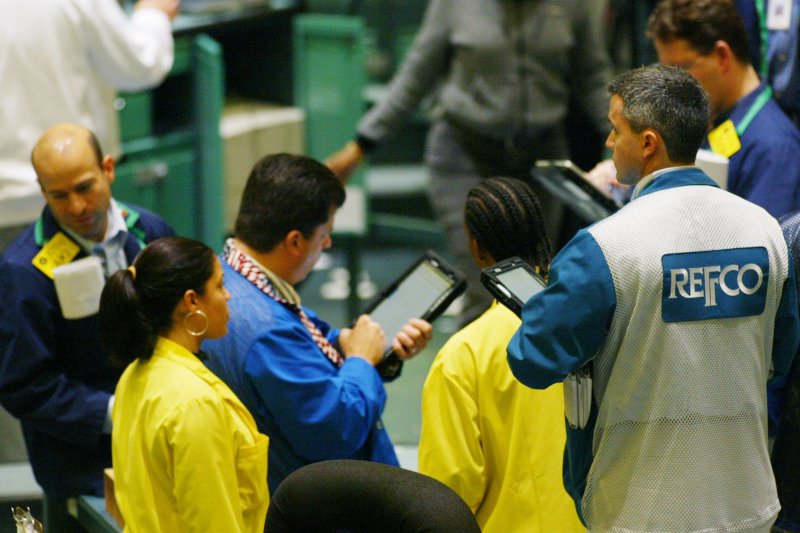Oil prices holding steady in early Wednesday trading as markets get stuck in a tug-of-war between supply gains and declines. File photo by Monika Graff/UPI. |
License Photo
April 19 (UPI) -- Crude oil prices were relatively even in early Wednesday trading as continued U.S. energy sector strength balances an OPEC-led production ceiling.
Crude oil prices have moved in a narrow band between $50 per barrel and $55 per barrel for several sessions, masking some of the volatility from emerging geopolitical strains that followed a mid-April military strike on Syrian targets by the United States.
Oil prices slipped in Tuesday trading after a monthly drilling report from the U.S. Department of Energy suggested domestic production, already on the rebound from last year's slump, could grow by another 124,000 barrels per day in May. Industry data show crude oil inventory levels on the decline, suggesting some supply-side strains are fading, but U.S. metrics have been consistent with estimates of gains in crude oil production.
"As long we do not get any negative surprises in terms of demand, the price is likely to settle back into its recent range with the upside still capped," Ole Hansen, the head of commodity strategy at SaxoBank, said in a semi-regular newsletter.
The price for Brent crude oil was relatively flat about a half hour before the start of trading in New York, up just 0.07 percent to $54.93 per barrel. West Texas Intermediate, the U.S. benchmark for the price of up, was up 0.08 percent to $52.45 per barrel.
Traders may be standing still in early trading to wait for official U.S. data on supply and data before pushing the markets in either direction.
U.S. production trends come as members of the Organization and Petroleum Exporting Countries gear up for May meetings to consider extending a production deal meant to bring the energy market back to balance.
Saudi Arabia has pledged to do more than its fair share in trimming production in order to add influence to the multilateral agreement. An extension, which is widely expected, has already been factored in to prices, however.
"OPEC and Russia would love to see the price higher but it requires a not yet achieved 100 percent non-OPEC compliance, combined with a slowdown in U.S. production growth," Hansen told UPI in response to emailed questions.
Despite strong gains in crude oil prices since last month, triggered in part by geopolitical tensions, the International Monetary Fund said it expected the price of oil to average $55 per barrel in 2017-18.















